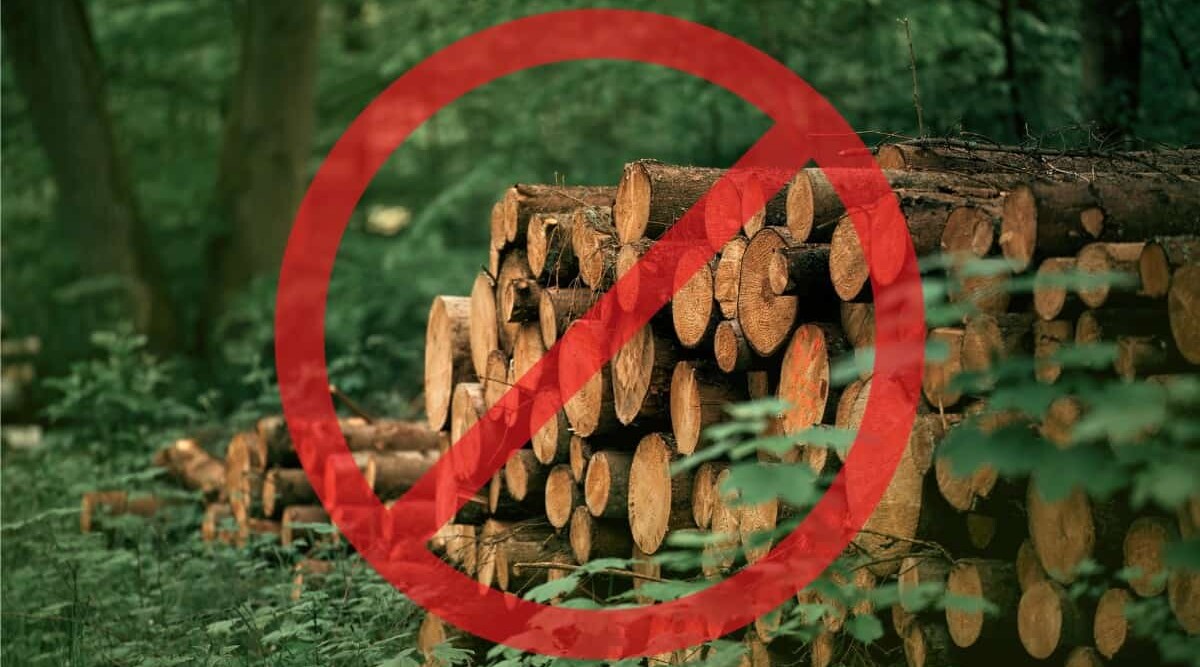
Knowing the wrong woods for smoking is as vital as knowing the right ones. So, in this brief guide, we’ll cover the woods that should never cross the threshold of your smoker, from specific tree species to generic wood types that could cause harm. Whether it’s the perils of unseasoned wood, the toxicity of moldy wood, or the dangers of chemically treated wood, you’ll leave this article knowing what not to use and why.
I’ve seen firsthand the effects of using inappropriate woods, tasted the bitterness that softwoods can impart on meat, and have had to advise a friend to throw out a roast he was smoking after I questioned the thick, acrid-smelling smoke coming from his pit to learn he was using pine!
Recognizing which woods are unsafe for smoking, understanding the contrast between hardwood and softwood, and being aware of the health risks involved are all part of becoming a more proficient and safer meat smoker. So let’s get into it.
What Woods and Tree Species Can You Not Use for Smoking?
The following list of woods and tree species are ones you must never use for smoking wood as they can potentially release toxic fumes or unpleasant flavors.
| Aspen | Cypress | Eastern cedar |
| Elderberry | Elm | Eucalyptus |
| Fir | Hemlock | Laburnum |
| Liquidambar | Locust | Mangrove |
| Oleander | Osage orange | Pine |
| Poisonous walnut | Redwood | Sassafras |
| Spruce | Sycamore | Tamarack |
| Tambootie | Yew |
Besides the negative impact to the flavor of your food, smoke from certain woods like cedar, pine, and eucalyptus should be avoided due to their potential to release toxic fumes. Prioritizing safety and taste, it’s advisable to exclude these from your barbecue.
Other unsuitable woods include mangrove, poisonous walnut, sassafras, oleander, yew, tambootie, and laburnum, which harbor toxins harmful to food and health. For example, the carcinogenic oil safrole in sassafras poses a significant health risk when it leaches into food.
Beyond harmfully contaminating your food, the smoke from burning these woods releases airborne toxins that if inhaled can also pose health risks for the cook and any bystanders.
What Other Wood Types of Wood Must You Avoid?
You must also avoid these woods in addition to the above. Freshly cut unseasoned wood, moldy or mildewed wood, scraps of lumber or plywood, any wood that’s been chemically treated, painted, stained or varnished, must all be avoided too. Here’s why:
Freshly-Cut or Unseasoned Wood
Using freshly cut, green, or unseasoned wood in BBQ can lead to excessive smoke and unpleasant flavors due to its high moisture content, which hampers efficient burning. And burning green or wet wood can emit creosote, a harmful chemical, in higher doses.
Seasoned wood is preferable with its reduced moisture content because it burns more efficiently, produces a sweeter smoke that elevates the flavor of your barbecue, and minimizes creosote and soot production.
Seasoning involves cutting the wood, stacking it in a dry area so air can circulate around every log, and allowing it to dry naturally over 6 to 12 months.
Moldy or Mildewed Wood
Wood infected with mold or mildew can pose significant health risks and should never be used for smoking!
The main danger of smoking with moldy or mildew-infected wood is the presence of mycotoxins, toxic chemicals produced by fungi. These toxins can infuse the smoke, taint the food, and can potentially lead to foodborne illnesses if ingested.
On top of this, the smoke from burning such wood contains harmful toxins and spores, risking respiratory problems and eye irritation upon inhalation.
So it’s essential to inspect your wood before use and immediately discard any that shows signs of mold or mildew.
Lumber Scraps and Plywood
Using lumber scraps and plywood for smoking is not advisable due to the possible presence of harmful chemicals and toxins in the wood. Manufacturers frequently treat these materials with preservatives, adhesives, and other substances that can release harmful particles when burned.
Even if the lumber scraps or plywood are untreated, it’s difficult to determine the type, previous use, and storage conditions of lumber, making it unsafe for cooking. If you’re unsure about the source of your spare lumber, it’s better to avoid using it for smoking altogether, both for safety reasons and to maintain the quality of your food’s flavor.
Chemically Treated Wood
I should think it’s obvious to everyone that chemically treated wood poses a significant danger if used for smoking. Manufacturers often use preservatives, pesticides, and various other chemicals to treat wood, and we do not want these chemicals near our food.
Treated lumber, scraps, pallets, and wood from old orchards, farming groves, and furniture manufacturers should all be avoided because you can never be sure what’s on such wood. Not only does this pose a health risk, but it can also negatively impact the food’s taste.
Painted or Stained Wood
Using painted or stained wood for smoking is highly discouraged due to the presence of harmful chemicals and toxins. The act of burning such wood can release toxic fumes, which have the potential to contaminate your food.
For instance, lead in paint can be detrimental to health if ingested or inhaled. And that’s just one of many possible chemicals. Hence, it’s crucial to avoid any wood that has a visible paint or stain coating for smoking.
Avoid Softwoods, Go for Hardwoods
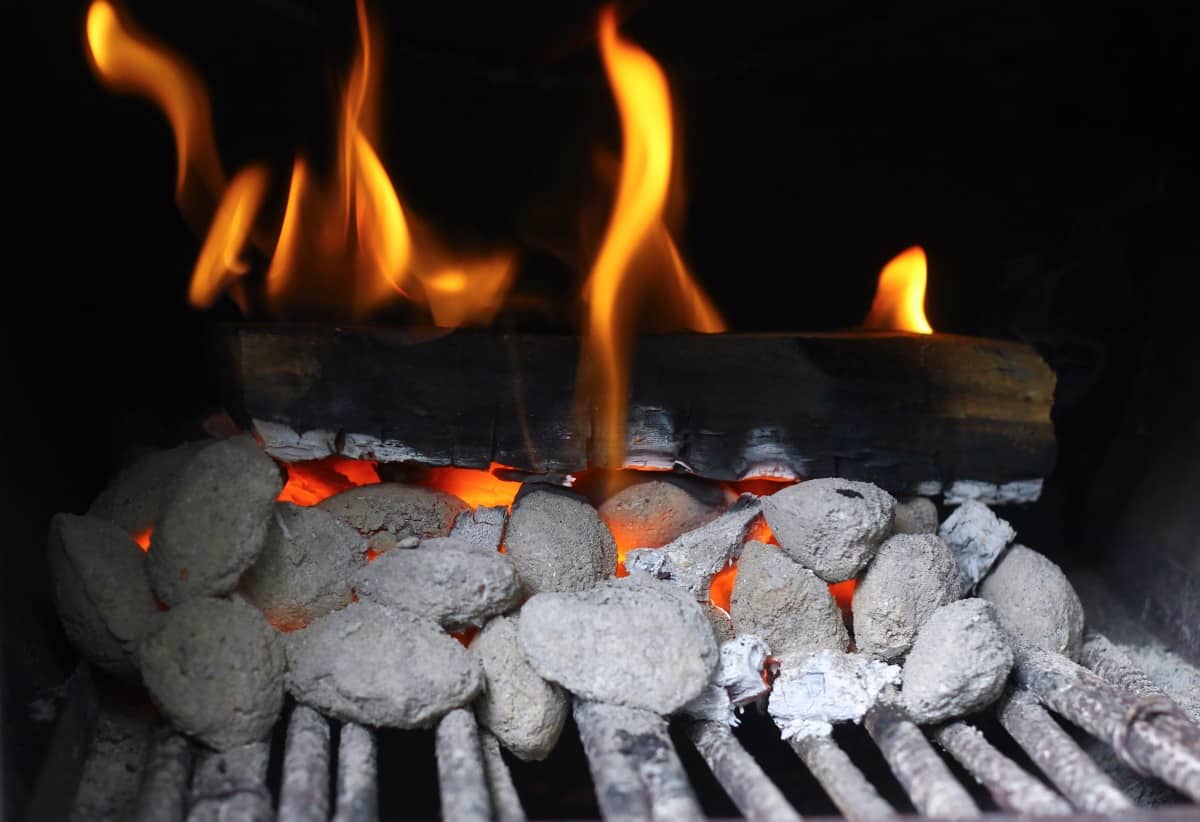
Hardwoods burn slower, longer, with smaller flames, less fierce heat, and less soot, creosote, and lousy tasting or even dangerous compounds compared to softwoods. But how are hardwoods and softwoods defined?
Wood is classified as hard or soft based on the type of seeds the tree produces. If a tree’s seeds are covered, like with a fruit or a shell, the wood is called hardwood. Hardwood trees are also typically deciduous, meaning they lose their leaves annually. They mostly have broad leaves that change color and fall off during autumn. Examples of hardwood trees are oak, ash, maple, apple, orange, pecan, and beech.
On the other hand, if a tree’s seeds are not covered and just fall to the ground, the wood is called softwood. These trees usually have needles and cones instead of broad leaves, and they are generally evergreen, keeping their needles throughout the entire year. Examples include cedar, pine, fir, and spruce trees, which are often evergreen.
It would take an extraordinary effort and thousands of words (and images) to show you all the softwood trees you shouldn’t use for smoking, and that’s not something I want to write, or I would guess something you want to read either!? Luckily for you inquisitive few there are many great websites with detailed descriptions of trees, many handy photos, and good search features. here are a couple I like to use:
Are There Health Risks to Using the Wrong Woods for Smoking?
Using the wrong woods for smoking can pose health risks. In fact it carries a broad spectrum of health risks.
Softwoods like pine, fir, and spruce are rich in sap and terpenes that, when burned and inhaled, can irritate the lungs and result in respiratory symptoms such as coughing, wheezing, or even asthma attacks in susceptible individuals. And the harsh smoke from softwoods can potentially induce nausea or stomach upset upon consumption.
Painted or chemically treated woods often harbor lead, arsenic, chromium, copper, and creosote. Their combustion can emit these toxins, risking inhalation or ingestion. Possible symptoms of exposure include skin irritation, allergic reactions, nausea, headaches, dizziness, and, in extreme instances, respiratory distress, along with an elevated cancer risk, particularly with prolonged exposure.
Moldy woods can harbor mycotoxin-producing fungi, which pose health risks when inhaled or ingested. The implications include allergic reactions, respiratory problems, immune system suppression, and, in severe cases, neurological complications. Symptoms may worsen for individuals with asthma or mold allergies.
The severity of symptoms can vary depending on a person’s overall health, the length and frequency of exposure to the smoke, and the specific type of wood used and harmful particles inhaled or consumed. Long-term or frequent use of unsuitable woods for smoking heightens the risk of severe health issues, such as chronic respiratory conditions and cancer.
So please, always use only the recommended hardwoods for smoking, ensure they are untreated and mold-free, and if you are unsure, do not risk it! Source wood that you know with certainty is fit for use in BBQ.
Conclusion
To sum up, understanding which woods not to use for smoking not only prevents you from ruining your food but, more importantly, protects your health. I don’t think I need to add anything more than that.
Do you have any questions or stories to share about inappropriate smoking woods? If so drop them in the comments below. Your input could be invaluable to someone just starting out.


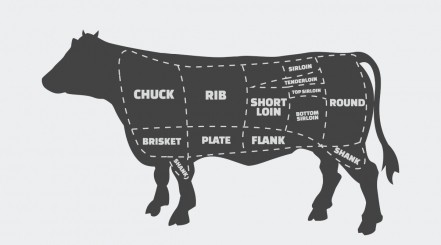
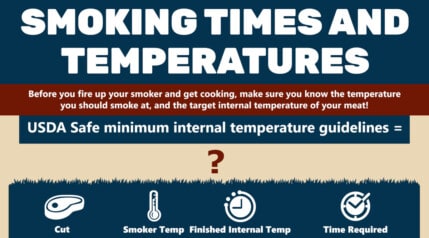
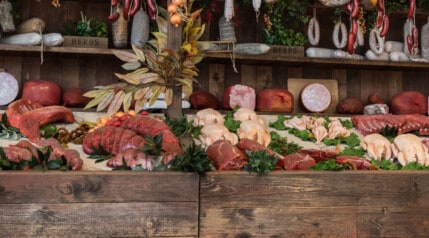
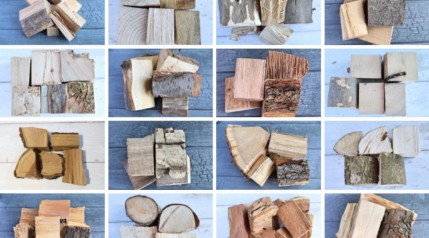
0 Comments